Category: Astrophotography
-
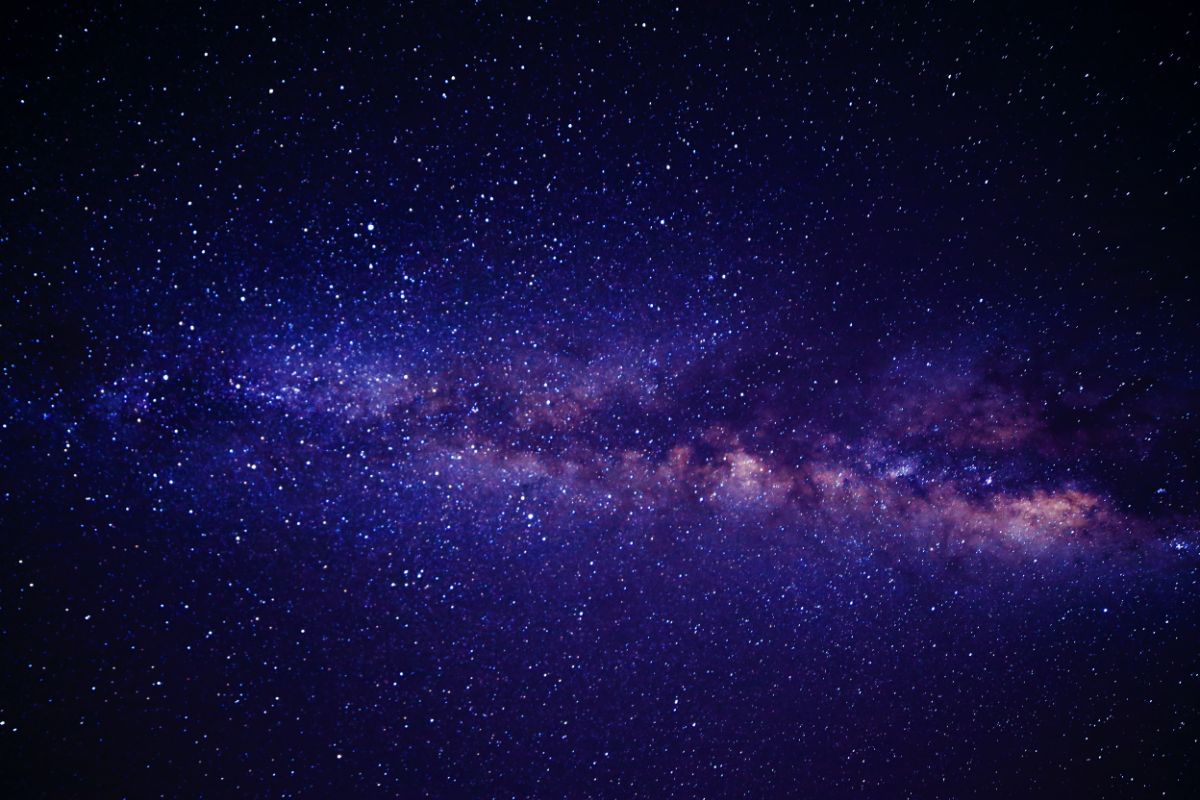
What Telescope Would be Best for DSO Astrophotography?
The night sky has always captivated human imagination with its shimmering stars and the enigmatic beauty of distant galaxies and other celestial objects. If you are passionate about delving deeper into the universe and experiencing its wonders, one of the best ways to do this is through astrophotography. It offers us a unique opportunity to…
-
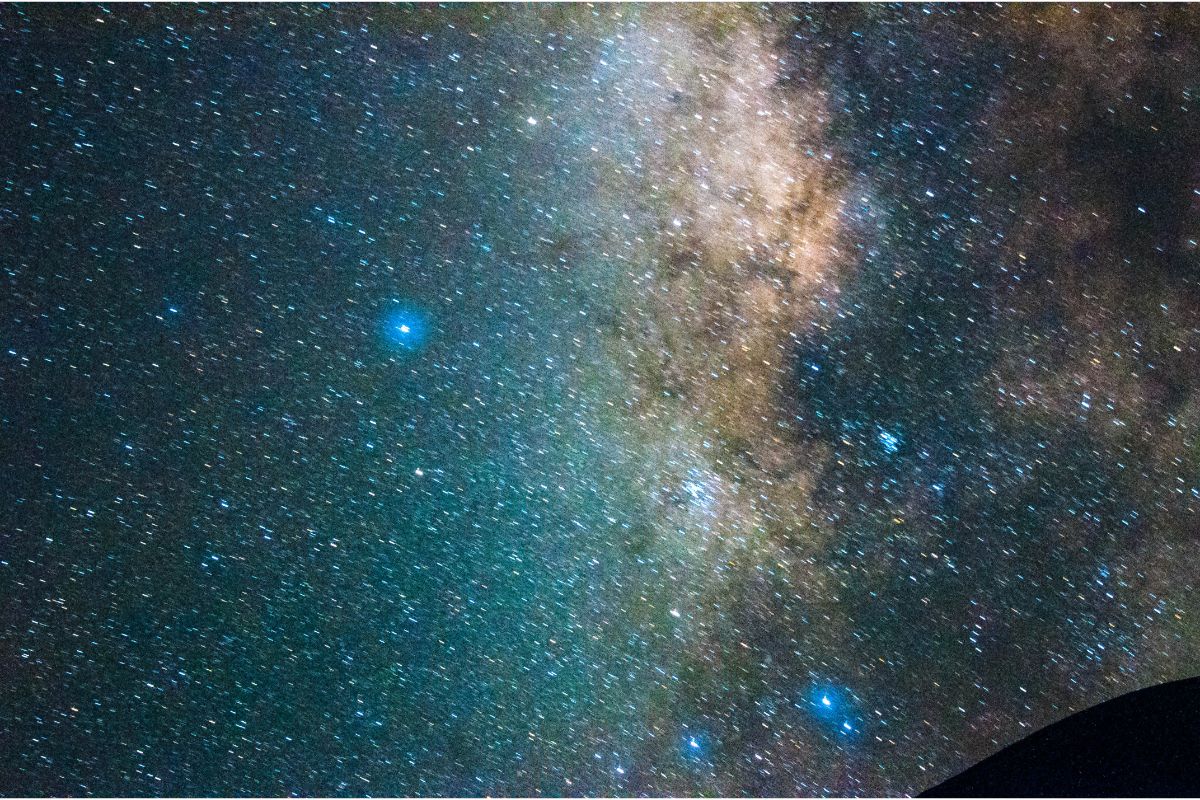
Exposure Time for Astrophotography With Calculator
Astrophotography is an amazing art that allows us to have a glimpse of the depths of the universe. Through it, we are able to capture wonderful celestial images that we wouldn’t see with the naked eye. However, there are many factors and parameters that affect the quality of the images we capture through astrophotography. One…
-
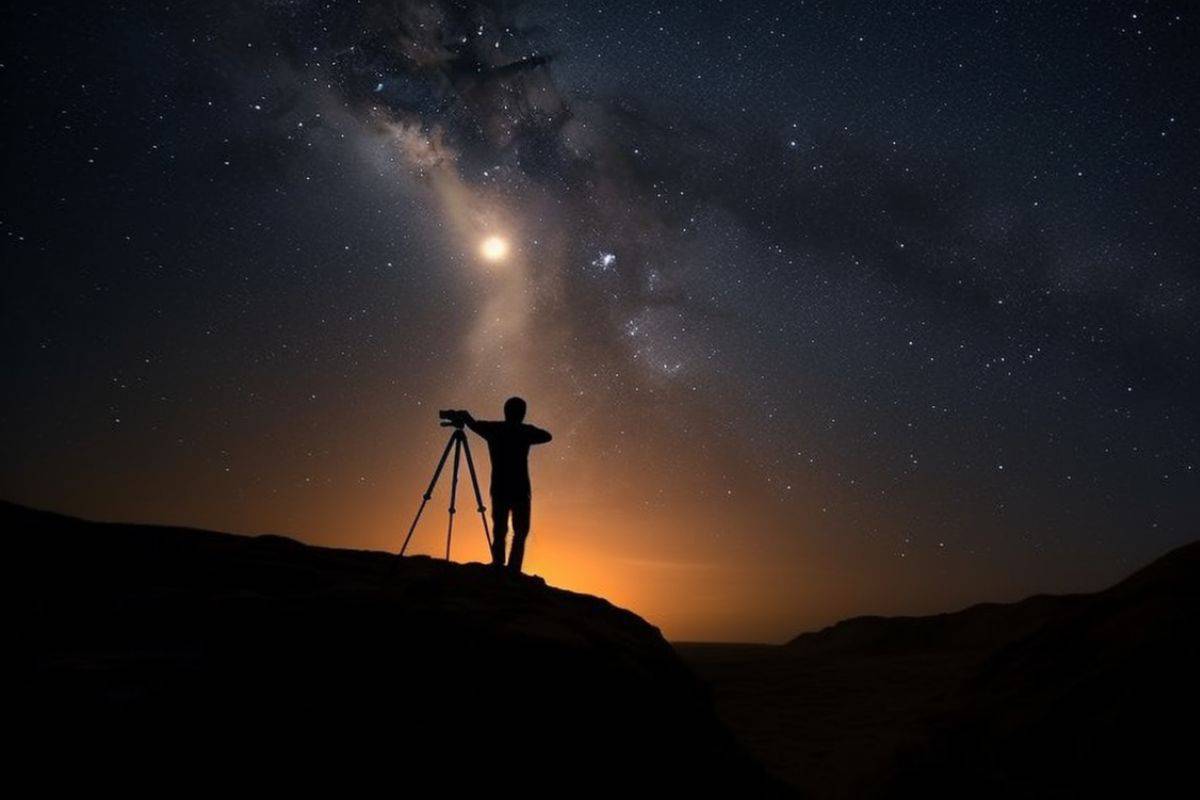
A Guide To Astrophotography Without Tracking
Ever gazed up at the starry night sky and wished you could capture its ethereal beauty? Well, you’re in luck. Even without the fancy tracking equipment commonly used by professional astrophotographers, you can still take breathtaking shots of celestial bodies right from your backyard or any place on Earth’s surface where there’s a clear, dark…
-
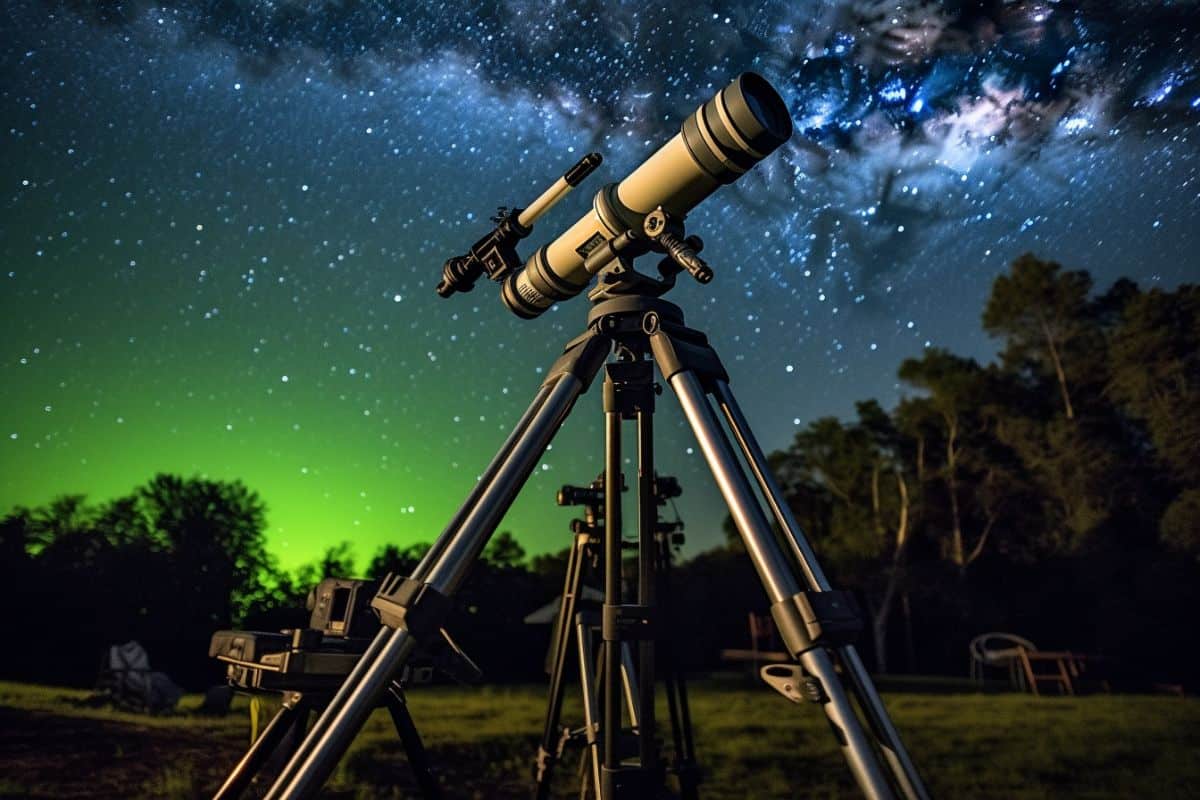
How To Do Astrophotography On a Budget
You don’t have to break the bank to capture the awe-inspiring beauty of the cosmos. With a bit of knowledge about astronomy and photography, some affordable gear, and a dash of patience, you can embark on an exciting journey of astrophotography without burning a hole in your pocket. It’s not just about capturing stunning images;…
-
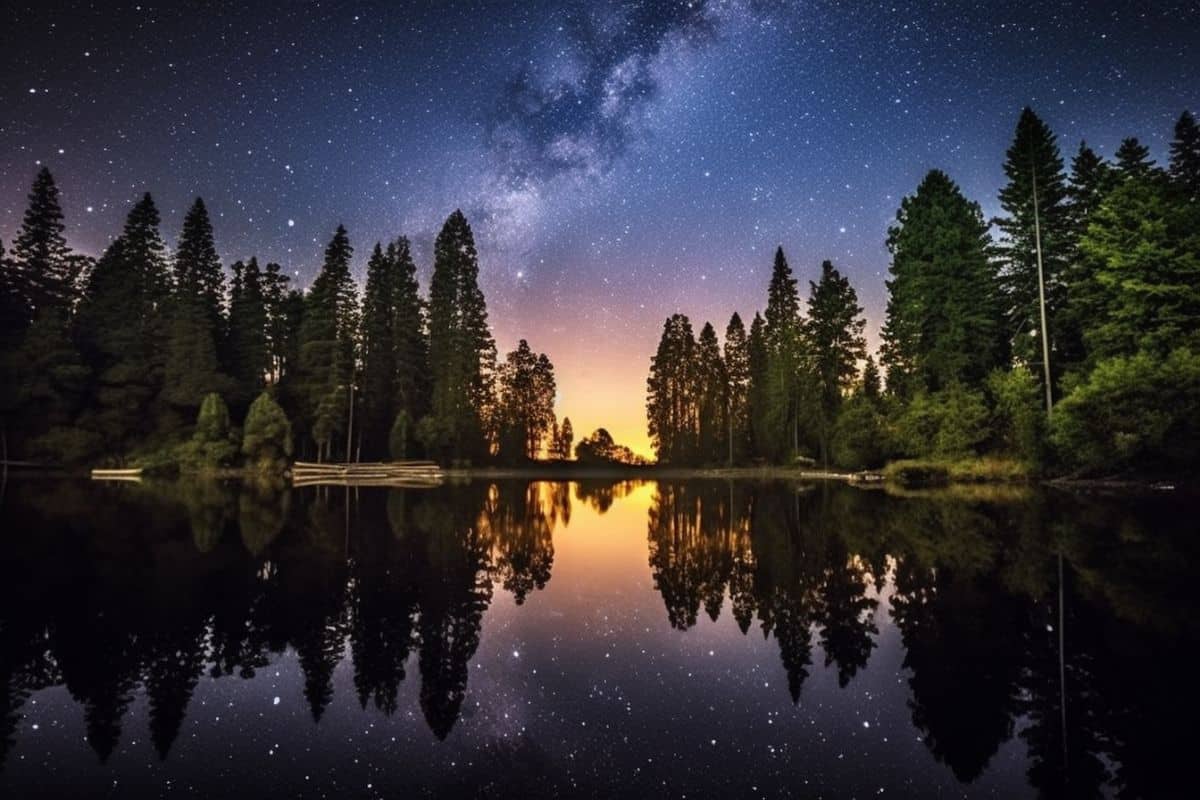
5 Best Summer Astrophotography Targets
Have you ever looked up at the night sky and wondered if there’s more to it than just a black canvas dotted with stars? You’ve likely heard the theory that we’re not alone in this vast universe, but have you really delved into what that means for us as terrestrial beings, let alone as astrophotographers?…
-
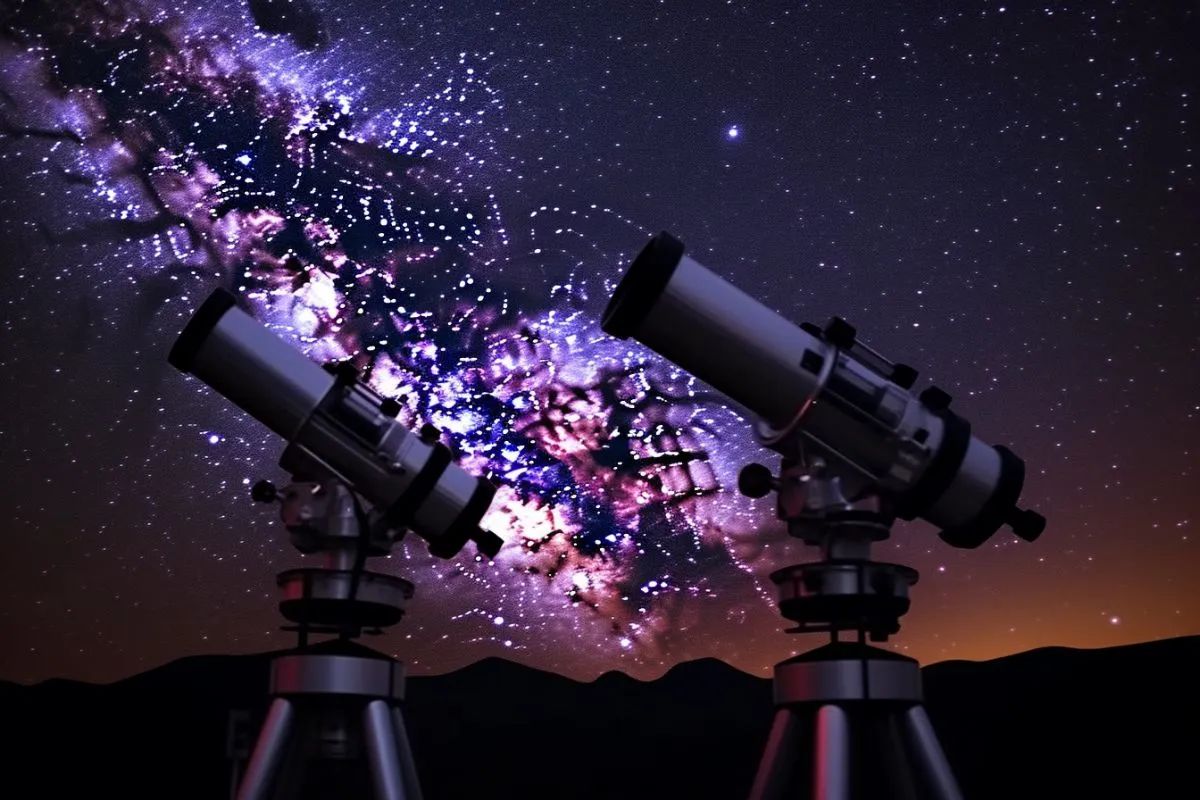
CCD VS CMOS Astrophotography Compared- What’s the Difference?
When we look up at the night sky, it’s not uncommon to yearn for a closer glimpse of the celestial bodies that twinkle above us. In this quest, astrophotography is your ticket to unlocking the mysteries of the universe from your own backyard. However, not all cameras are created equal in this endeavor, and therein…
-

Unlocking the Secrets of Atmospheric Dispersion Correctors (ADCs)
When it comes to astrophotography, the atmospheric dispersion corrector (ADC) is a must-have tool for achieving high-quality images. ADCs are designed to reduce or eliminate chromatic aberration caused by light passing through Earth’s atmosphere and refracting at different angles depending on its wavelength. With an ADC, you can get sharper images with less color fringing…
-
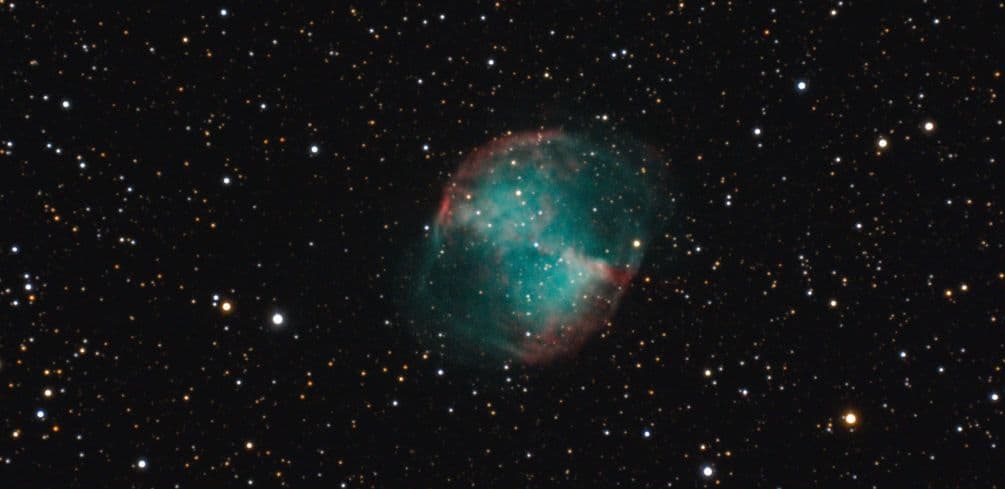
What Can You See With a 90mm Telescope?
With a 90mm telescope, you can see some of the most famous objects in the night sky, including the Moon, the Andromeda galaxy, the great cluster in Hercules, and nebulae. The Moon is by far the easiest object to observe. You can see craters and mountains on its surface. The planets Venus, Mars, Jupiter, and…
-
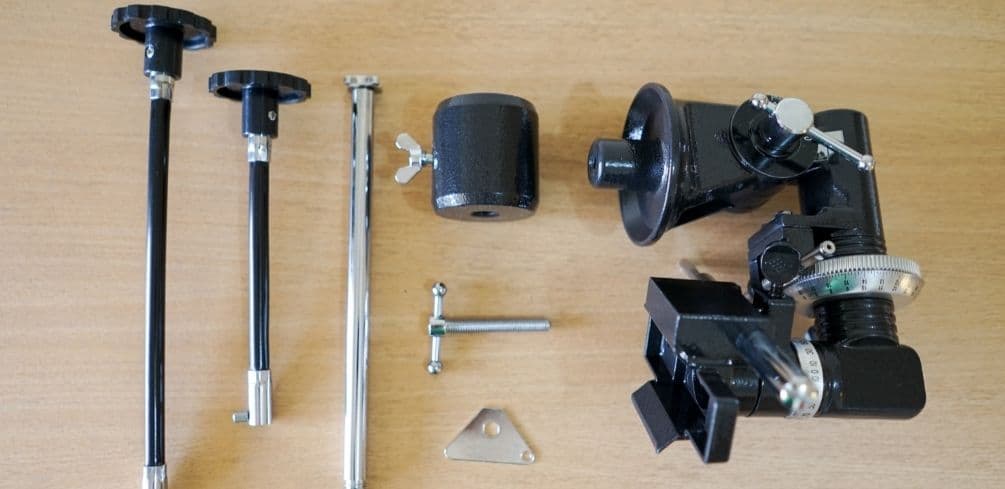
How to Set Up an Equatorial Mount Southern Hemisphere
Set up the mount. You will need to find a flat surface with good “elevation.” Find the latitude of your position. There are various online tools you can use to find the latitude of your address. Adjust the latitude of the mount using the latitude adjustment knobs. Orient the mount and adjust the latitude again.…
-
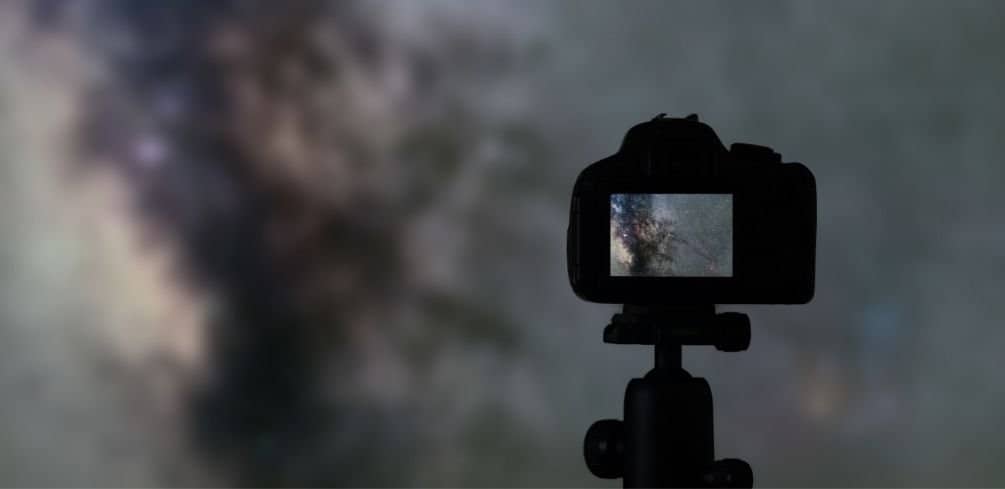
How Many Dark Frames Astrophotography?
For an imaging project, I’ve had good results with 10 to 15 dark frames. Some photographers prefer way more, up to 50 dark frames on a photograph, but I believe they are utilizing files from a previous dark frame library. If you’re using DeepSkyStacker, keep in mind that adding more calibration frames will add time…
-
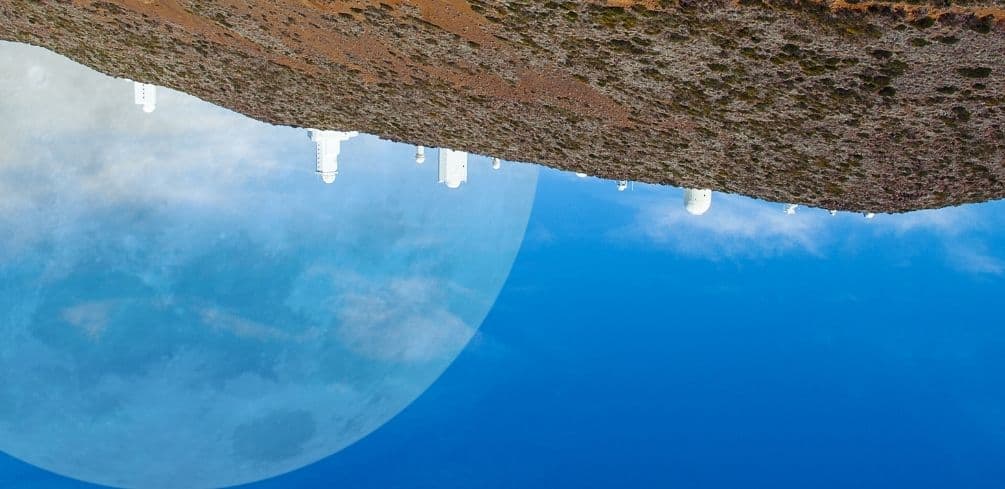
How to Fix an Inverted Image in a Telescope | Telescope Image Orientation
Identify the type of telescope you have. For Refractors and Cassegrains connect a star diagonal to your eyepiece. To improve or “erect” the image, use an erect image prism diagonal to orientate the image correctly. For Newtonian Reflector add a star diagonal to the scope. The image you see in a telescope can sometimes be…
-
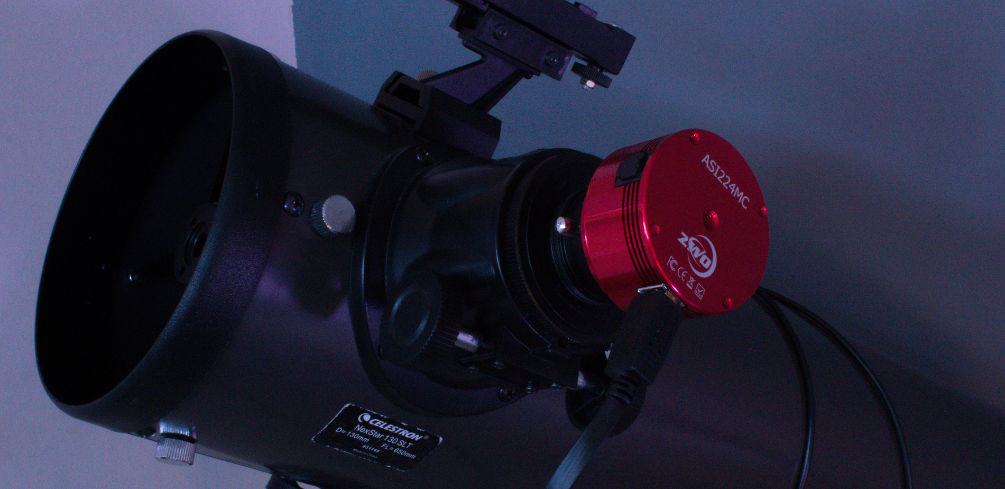
Eyepiece Projection vs Prime Focus- Which is Better for Astro-imaging?
The prime focus approach is preferred if you have a high-quality telescope and camera with flat field characteristics. Eyepiece projection is a simpler design that works well with consumer telescopes or DSLR imagers, making it the more popular option for astrophotography amateurs. Most astronomers prefer eyepiece projection to prime focus because of the imaging and…
-
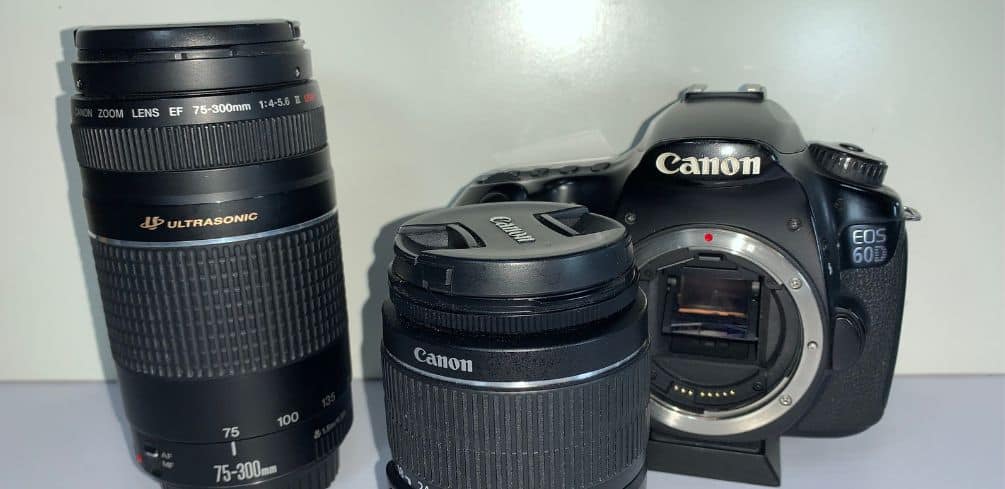
How to Choose the Best Focal Ratio for Astrophotography
A long focal ratio gives a narrower field of view and higher magnification. This is great for observing the moon, planets, double stars, etc. An ideal focal ratio for this type of object is f/10 or more. If you are interested in capturing wide views of galaxies, star clusters, and the Milky Way, a low…
-
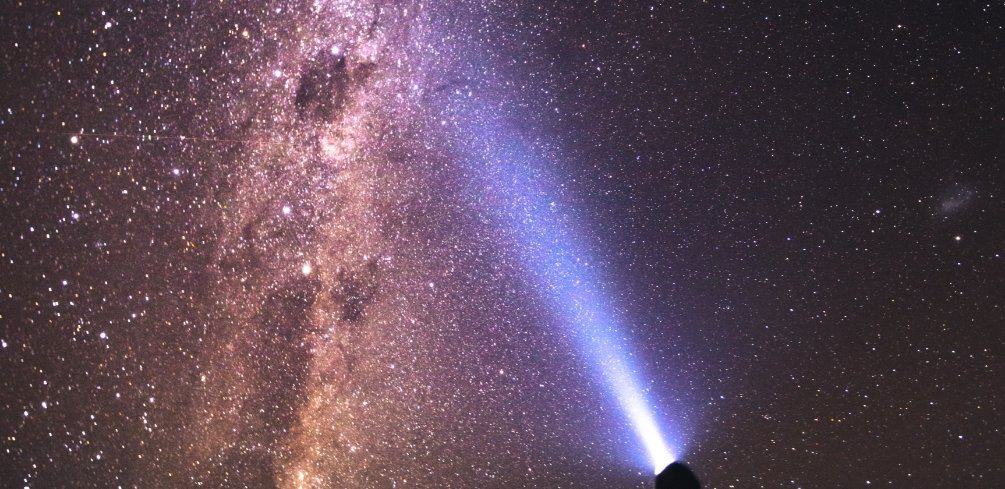
How to Balance a Telescope for Astrophotography
Make sure your telescope is on a stable surface. Ensure that all three legs are planted firmly into the ground at their full length. Use a bubble level to make sure that the telescope tube is horizontal. Find an object at about the same distance as you plan to photograph and focus on it. Adjust…
-
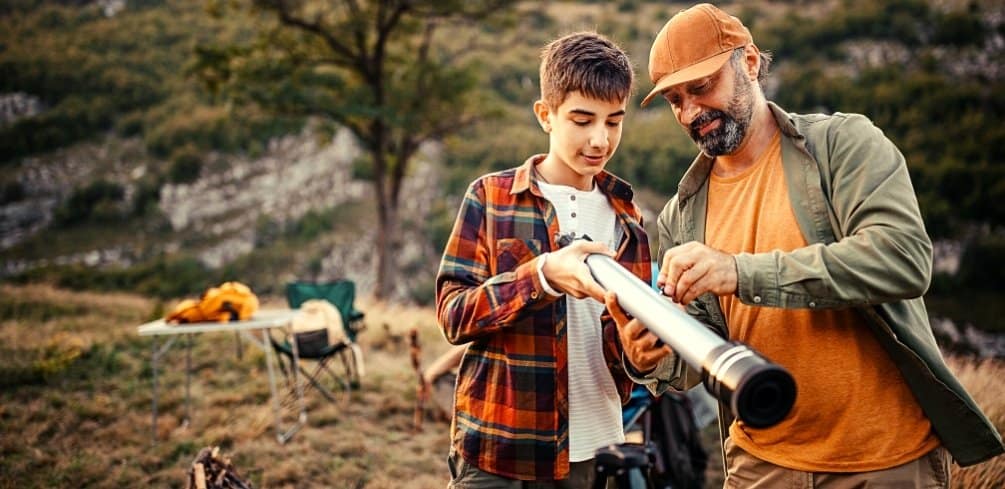
How to Autoguide Telescope without a Computer
Autoguiding a telescope without a computer is possible by the use of Stand-Alone Guiders. You can also opt for the DSLR which has the capability of performing an auto-guide without the help of a computer. The auto-guide is advantageous for making photography on target objects simpler, especially when you have deep-sky objects that are too…
